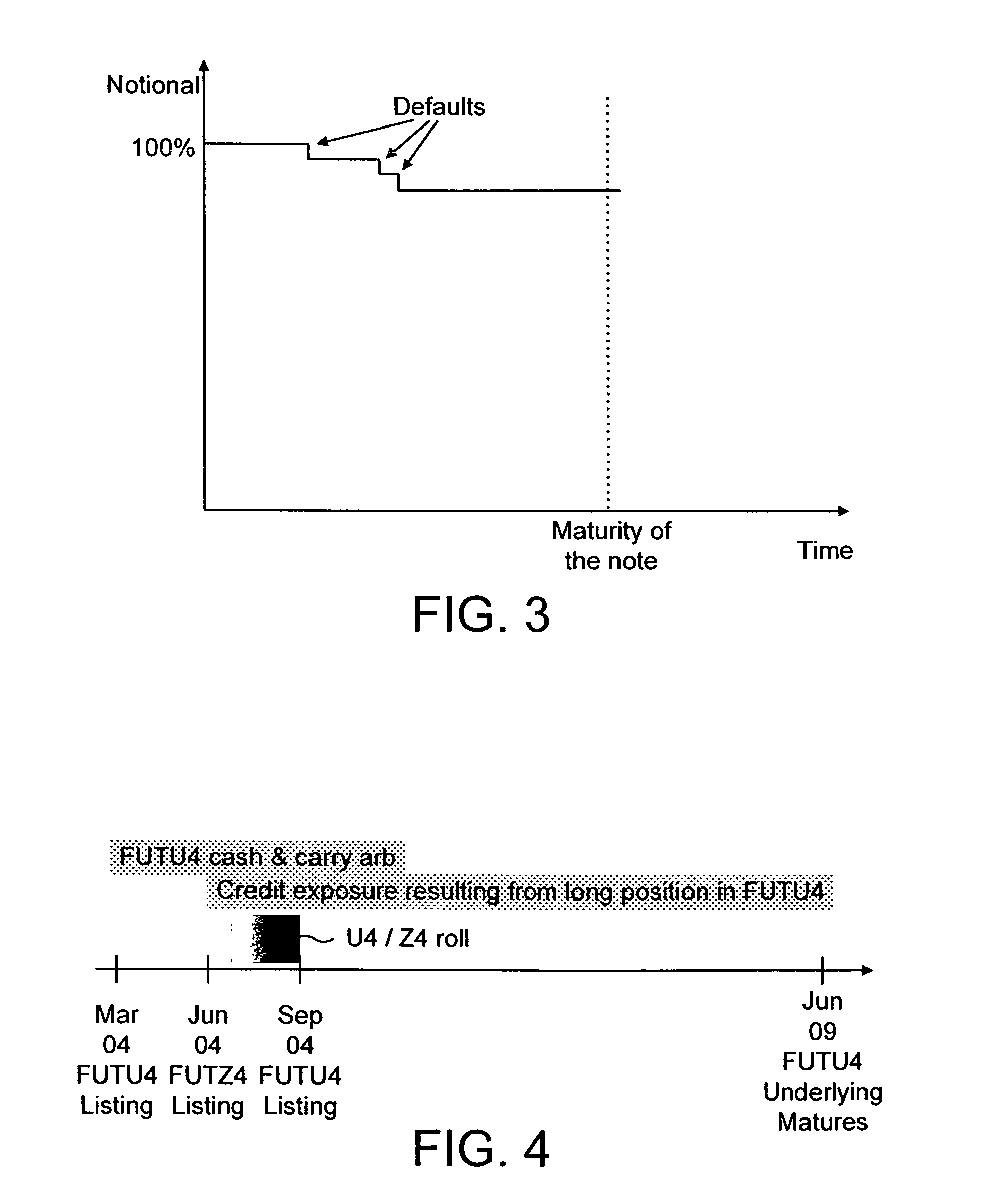The total size of the corporate bond markets globally is difficult to establish given the lack of universal reporting requirements, but known to exceed three trillion dollars.
Users of the international markets for corporate debt are faced with a liquidity problem when attempting to manage and hedge large portfolios.
However, they are currently unable to trade on such general views because there is no liquid generic credit instrument available in the market.
Furthermore, many investors are prevented from using CDS due to the over-the-counter (OTC) nature of the instrument, which may clash with investment mandates that require an exchange listing for all traded securities.
Such investors are confined to trading bonds, which introduces further complications that distract from the original view on credit due to such effects as specialness in the bond lending (repo) market, supply shortages, tax-driven coupon effects, and the like.
In short, investors do have valuable skills that could benefit the public at large, but are currently hindered from applying these skills fully in the management of their portfolios due to the absence of an effective trading instrument that provides a generic
exposure to the credit market.
A similar problem arises when institutional investors are given mandates to manage large amounts of funds against a corporate benchmark.
However, attempting to purchase large diversified portfolios in a short amount of time will alert dealers to the existence of a large buying interest and induce them to react to this information by raising prices of corporate debt.
Minimising this
information loss whilst providing speedy investment of funds is one of the main challenges of institutional fund management.
Achieving a
close relationship between an actual bond portfolio and a broad credit index is costly, and the instruments available in the market accordingly strike different balances between the quality of the index
reproduction and the costs charged to the investor.
While structurally the resulting instruments are rather illiquid, the sponsoring institutions do generally
commit to make markets for at least some time after issuance in order to allow investors to exit the position.
However, investors are usually forced to rely on a particular market maker for secondary market liquidity.
This creates an additional basis risk relative to their chosen credit benchmark because the valuation of the instrument they are holding does not depend only on its intrinsic value (i.e., the sum of the values of its constituents), but also on the willingness of one
market participant (i.e., the originator) to deal at or near this intrinsic value.
In modern bond markets with narrow bid-offer spreads, providing a basket of bonds from which the seller can choose a particular bond for delivery does usually not address a similar economic need.
The existence of other
deliverable bonds, however, leads to complications in valuing the contract as the option that arises from possible changes in the ex-ante cheapest to deliver is complicated to evaluate.
The existence of a clear
CTD can also lead to situations where speculators create an artificial shortage in the
CTD bond in order to realise excessive profits from taking delivery of more expensive to deliver issues.
It would therefore be impractical for speculators to try and amass large holdings of the
CTD issue in the hope to
restrict delivery opportunities.
The absence of both features (large, liquid bond issues and a deep repo market) in the corporate bond
universe appears to have prevented the success of such credit futures.
In particular, the
high concentration of swaps trading among a small number of investment banks means that perceived problems at one of these banks can lead to large short-term movements in swap spreads that are not related to changes in the credit markets as a whole.
This leads to occasionally volatile swap spreads of corporate bonds, and hence to poor performance of strategies that rely on interest swaps to replicate corporate bond portfolios.
In other words, although futures contracts based on interest rate swaps have gained some modicum of acceptance, they do not address the wider issue of hedging credit
exposure.
 Login to View More
Login to View More  Login to View More
Login to View More 


